The Wuyi Mountains, located in northeast China, UNESCO World Heritage site for cultural, scenic and biodiversity values, are the place of origin for both black tea and oolong. This black tea was found in Tongmuguan of the Wuyi region in the 17th century. Thanks to an accident, some raw materials for making green tea oxidized and became black tea. The black tea was surprisingly popular and even exported to foreign countries. Also in the Wuyi region, oolong came into being as a result of adopting the method for making green tea as well as the method for making black tea. Oolong is partially oxidized, has a fragrance of flowers and fruits, tastes as refreshing as green tea and as sweet and mellow as black tea. This makes it the current most popular tea in China.
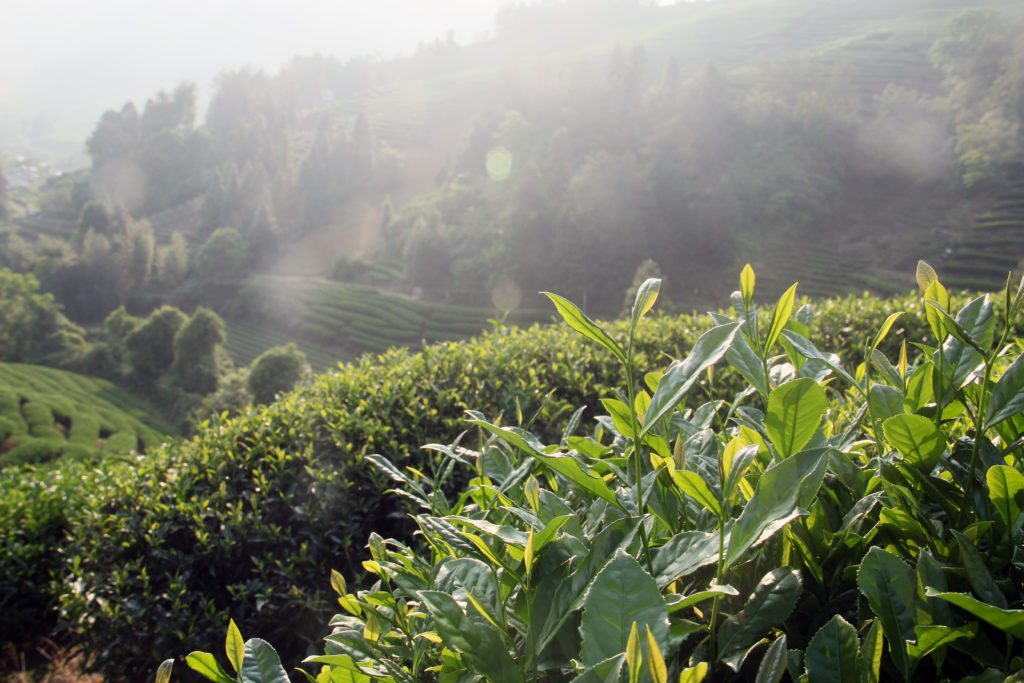
Drink it
If you are somewhere around Wuyi Mountains you cannot miss tasting local tea. Teahouses are all over this holiday resort. Wuyi Mountains produce Wuyi rock tea which is one type of oolong, and also black tea made of Bohea, including Lapsang souchong and Jinjunmei. Although all these types of tea are produced in the Wuyi area, each of them comes from a different corner of this area. At the very heart the World Heritage site for cultural, scenic and biodiversity values is a producer of rock tea, while producers of black tea are in the Tongmuguan Nature Reserve; the former one has a relatively high altitude, and visitors have to buy tickets to go inside, while the altitude of the latter one is lower, and tickets are not needed.
Wuyi rock tea is not the name of a specific tea type, but the name of one category of tea. Any type of oolong made from tea leaves of trees that come from asexual propagation and grow under natural conditions in Wuyi mountains can be called rock tea as long as its production process follows the method adopted in north Fujian province. This kind of oolong has some characteristics which oolong produced in other places cannot possess, a special flavor brought by the unique environment of Mt. Wuyi. The different types of rock tea stem from different subspecies of tea trees, such as Rou Gui, narcissus and winter daphne. There are also many single origin teas like Rou Gui from Niulankeng, that tea addicts jokingly call “beef”. Subtle distinctions exist among rock teas of various types or producers. That’s why tea addicts fall in love with rock tea. Different rock teas give different kinds of experience.
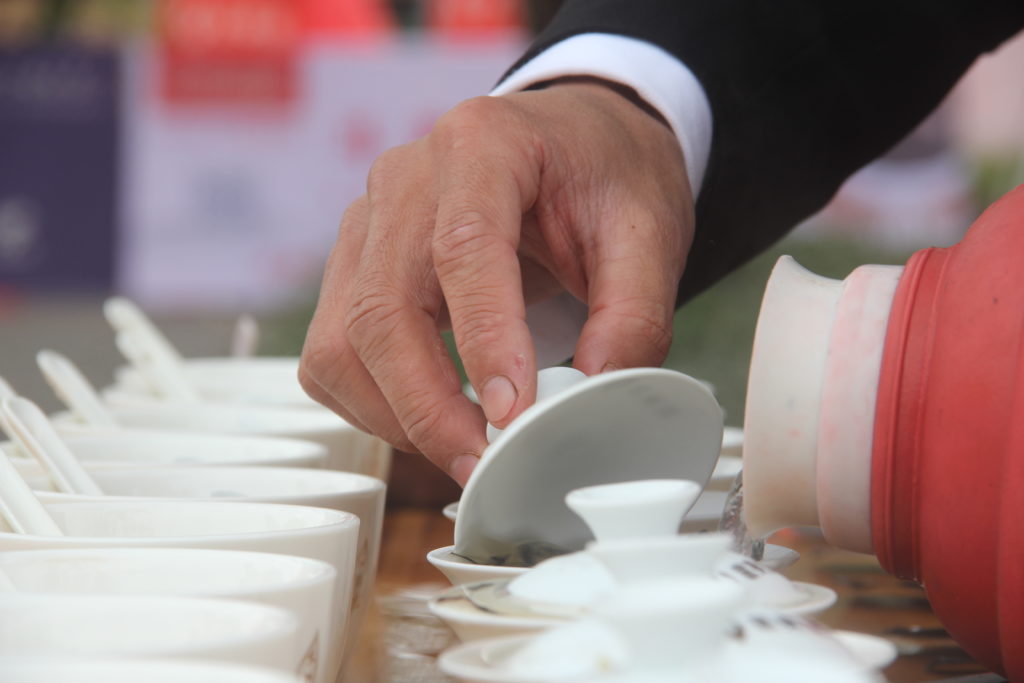
Unlike Wuyi rock tea, Wuyi black tea is usually made from leaves of tea trees that come from sexual propagation, that is, Bohea. Tongmuguan, which lies on the border of Fujian province and Jiangxi province, is its major producer. Interestingly, the so-called “authentic” producer of rock tea is only a minor producer of black tea, while Tongmuguan is not a key producer of rock tea. As the old saying goes, you are what you eat. The type of tea produced depends on where tea trees live, and different environments are suitable for the growth of different trees while processing methods are also diverse. Lapsang Souchong takes on a pinewood smoky flavor that is very similar to the flavor when black tea was just invented and became popular in Europe. Jinjunmei Qihong’s flavor is more fruity and flowery. Unlike Assam of which the taste is quite strong and fresh, and that is often used to make milk tea, Qihong is sweet and brisk, suitable to drink plain.
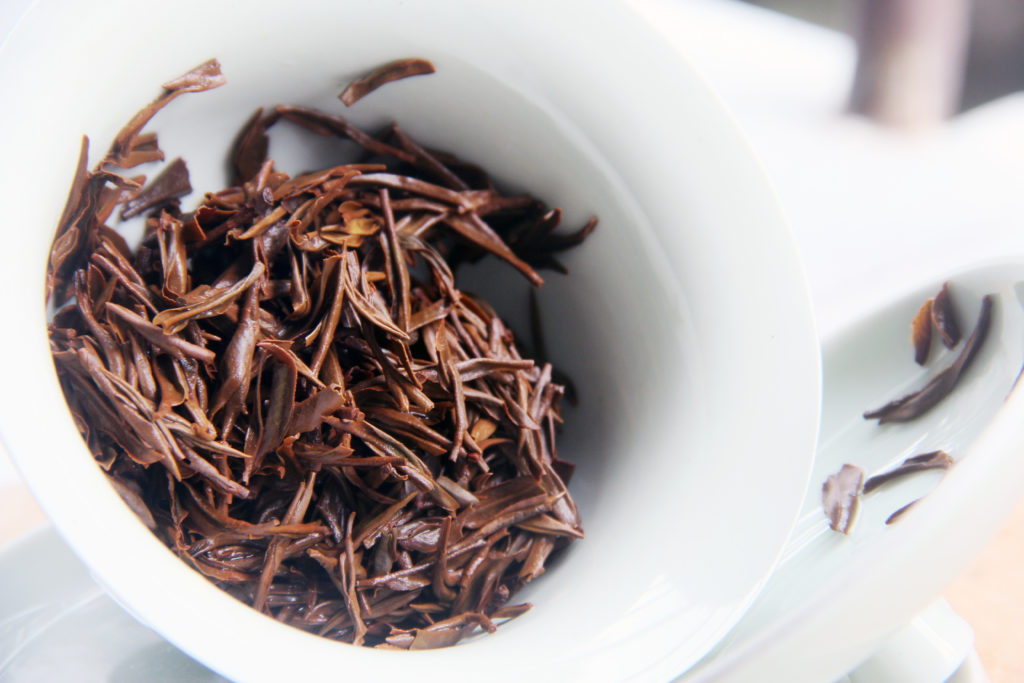
Eat it
The Xincun town in the Wuyi region is the starting point of a bamboo raft journey, and used to be the collection and distribution center of teas. In the 17th century, Lapsang Souchong was produced in a village called Tongmu, then transported to Xincun town, and sold to Europe at last by the Dutch through the Xiazhang port. Nowadays, Xincun is already not as live as it used to be when tea trade was frequent. But with a clear river across the town, it’s a nice place for a casual walk. If you’re tired, find a Vietnamese pho restaurant, eat a bowl of pho or a pancake with onion and mince on the top. You will feel the true nature of Xincun.
In 1977, a large number of Chinese were banned from Vietnam. Among them, more than 1000 came to a farm in the Xincun town, and lived together with Chinese banned from Indonesia or Burma. They were already used to life in Vietnam, and brought back with them methods to make traditional Vietnamese food. As a result, there are pho restaurants everywhere around the Wuyi holiday resort, and Xincun is their place of origin.
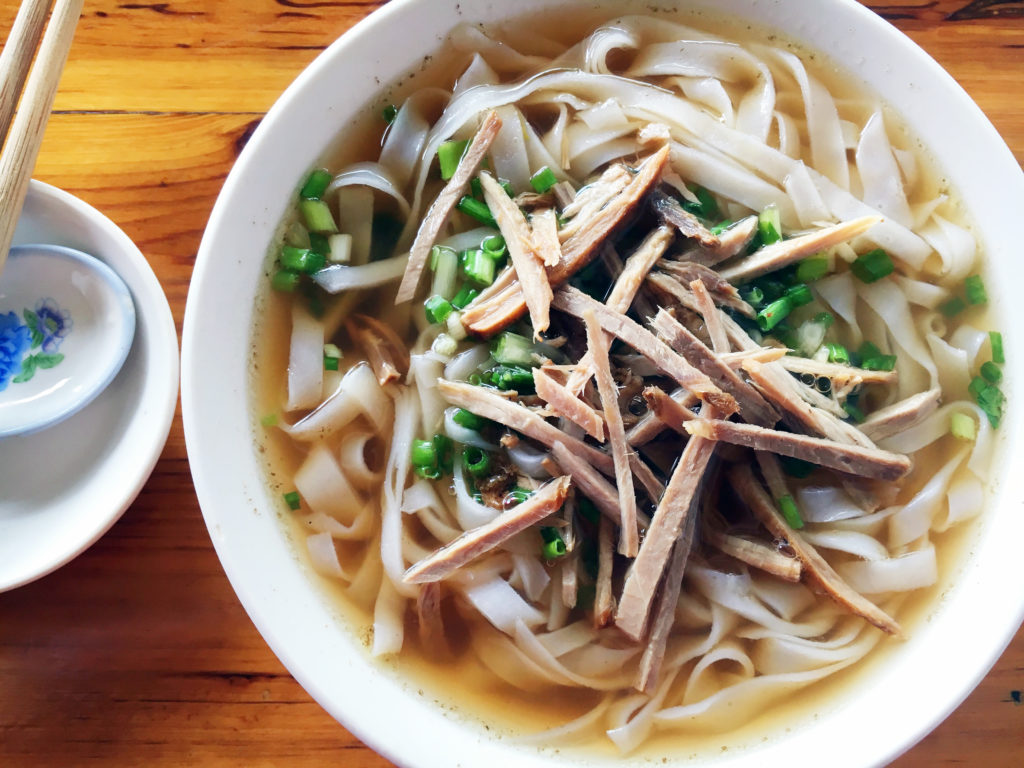
What’s more, don’t forget to try Langu smoked goose, fish with the fragrance of rice, field snails, fish from the Nine-Bend River, pork with dried bamboo shoots, Wengong dish and various vegetables. All this delicious food can be found in the Sangu scenic area.
See it
The Wuyi Mountains are typical “old” Danxia landforms, and people refer to the Wuyi region as “green water and red mountains”. The regular route of visiting this region covers the Tianyou Peak, the Nine-Bend River and the Mother Tree of Big Red Robe. But for tea lovers, the key producer of Wuyi rock tea is the place really worth visiting. It’s inside the scenic area. However, tour guides will not bring you here.
Recommended route: Start from Niulankeng to Daoshuikeng. Then go north, walk along the Liuxiang Stream, and arrive at the Huiyuan Zen Temple. Return to the crossing of the Liuxiang Stream and Daoshuikeng, and go south. You’ll see the Mother Tree of Big Red Robe once reaching Jiulongke. Then walk through the Dakengkou Valley and exit the scenic area of Big Red Robe. There is a road on the right side of the gate. Follow the road, go up the hill, and you shall reach Matouyan. Pass Matouyan, and the final destination is the Wuyuan Stream. This route takes more than half a day, but will allow you to visit all the key producers of Wuyi rock tea – the so-called “three pits (‘pit’ is ‘keng’ in Chinese) and two streams”.
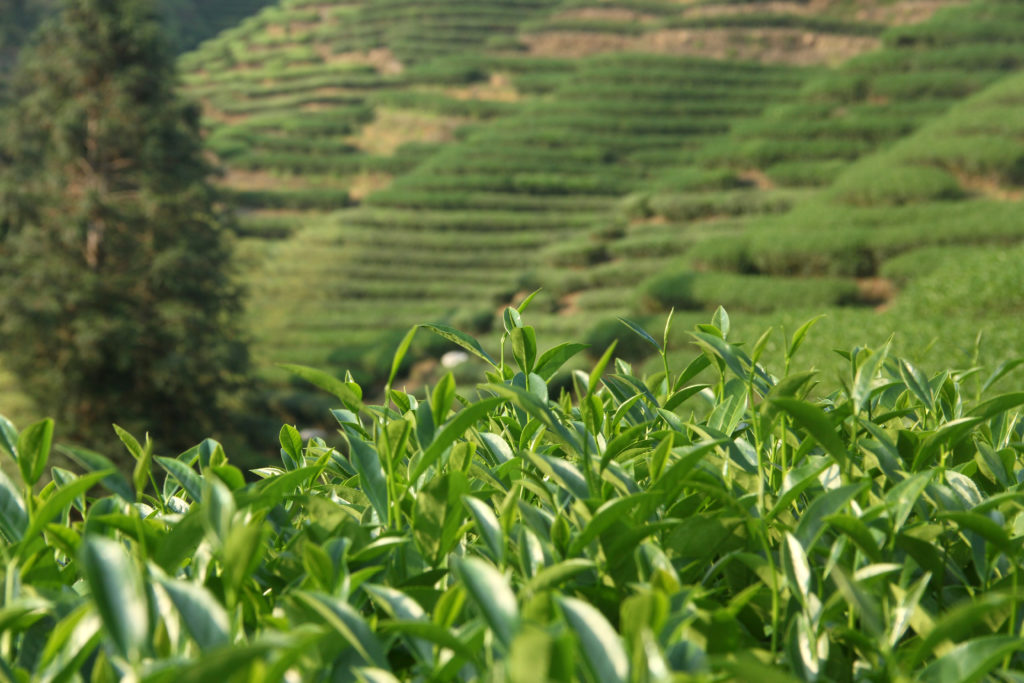
Only after having visited the “three pits and two streams” can one truly understand the uniqueness of Wuyi rock tea. Tea trees all live in valleys where streams nourish them all the year round, plants thrive and protect them from the burning sunlight. To drink tea produced in such places will make you feel as if you were in those valleys: lush grass near the river, mist rising from the valley, broken rocks and gravel ground soaked by water. Tea makers call this “the smell of the pits and streams”. If one cup of rock tea carries such smell, it must be from one of the key producers.
If you are someone who doesn’t like visiting mountains or rivers and only cares about tea, then various tea competitions in the Wuyi region are just the thing for you, such as the Spring Tea Competition held by local Agricultural Bureau, the Raw Tea Competition, Cross-Strait Tea Competition and the Tianxin Village Tea Competition, just to name a few. These competitions are the best chances to learn about this year’s tea market, and they are open to everyone, including tourists. Remember to bring your own cup and pitcher, and be prepared for getting hot as a result of drinking too much tea. But don’t worry about this. Have some honey afterwards, rest for one or two days, and everything will be ok.
Timing
At different moments, Mt. Wuyi can offer different attractions.
Spring. The production of rock tea starts from mid-April and reaches peak around the Labor’s Day (May 1st). At this time, the fragrance of tea is all over the Wuyi region, and if lucky enough, you may bump into people drying tea leaves outside. Spring is tea gardens’ prettiest season due to the first batch of leave sprouts. Want to know more about rock tea’s production? Go to the Chishi New Village or Guilin New Village that both are near the north gate of the scenic area. There are also many tea farms along the Xingao Highway.
Summer. Temperature varies widely from day to night in summer in Wuyi Mountains. At noon, in the burning sunlight, temperature can reach as high as 40℃, but it will become nice and cool as soon as the sun begins to fall down. In this season, to take a raft to flow in the river, or to climb mountains and appreciate the beauty of falls are both good choices, as long as do not stay under the sun. Or go to Wufu to see lotuses, and as the famous poetry says, “the green lotus leaves stretch to the horizons”.
Autumn is the season to drink newly made rock tea. After primary processing in spring, fine processing, roasting and storage in summer, rock tea is ready to be drunk in autumn. As a poetry writes, price of tea stored up for long time is three times that of tea stored for a short period, and every family boasts of their tea made in previous years. In mid-November every year, the Tianxin Village will hold a Tea Competition Festival which only local residents are eligible for participation in. Those residents are owners of tea gardens in “the three pits and two streams”. That’s why the Tianxin Village Tea Competition is the most influential tea competition.



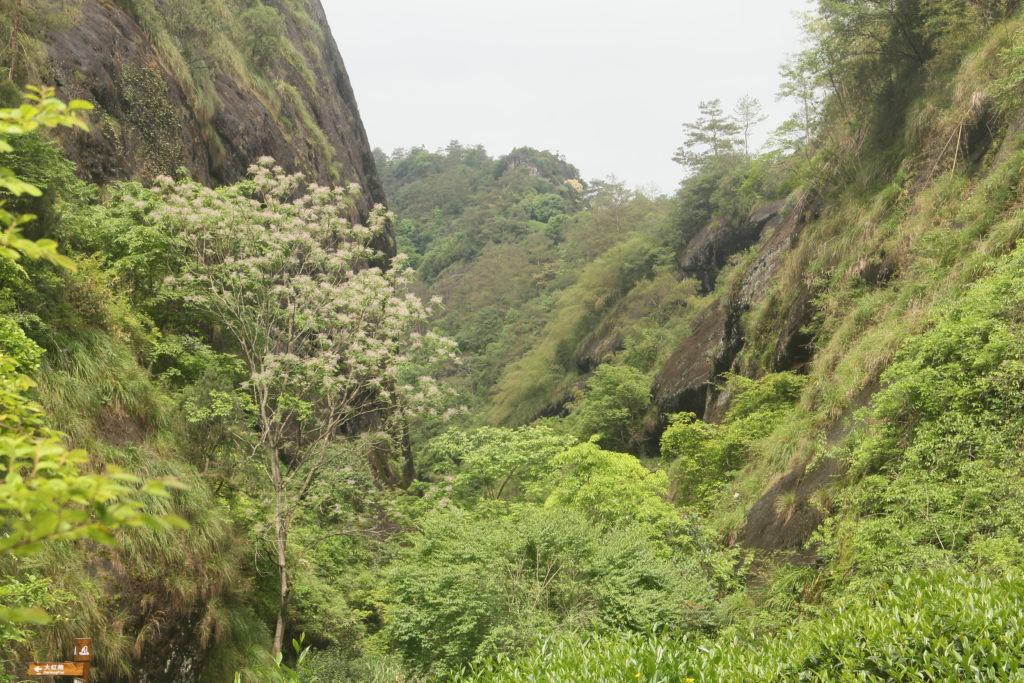
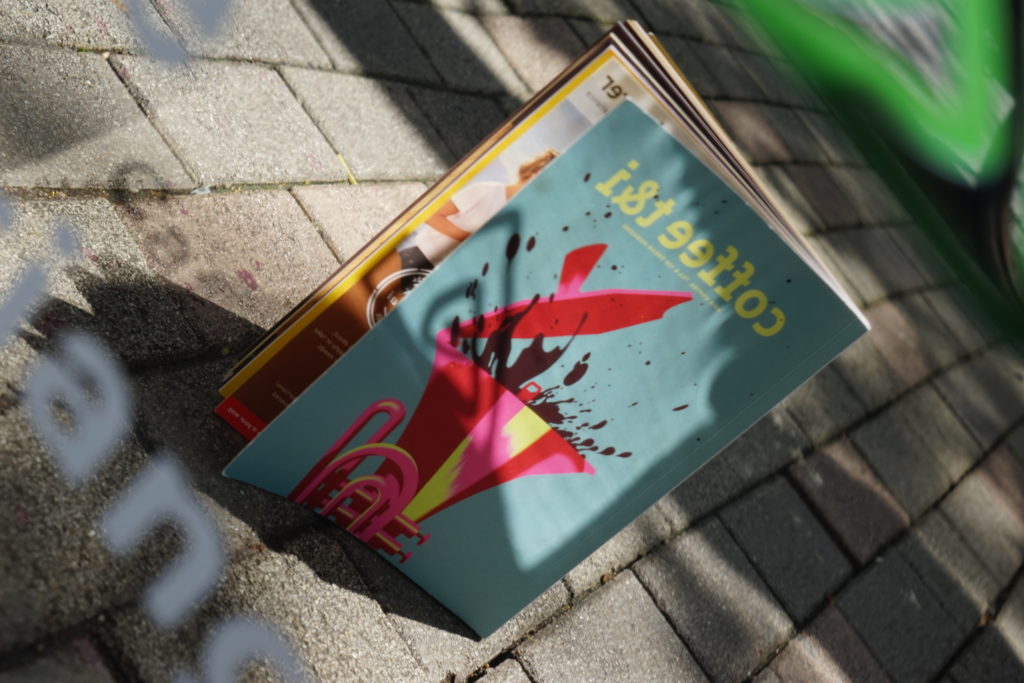
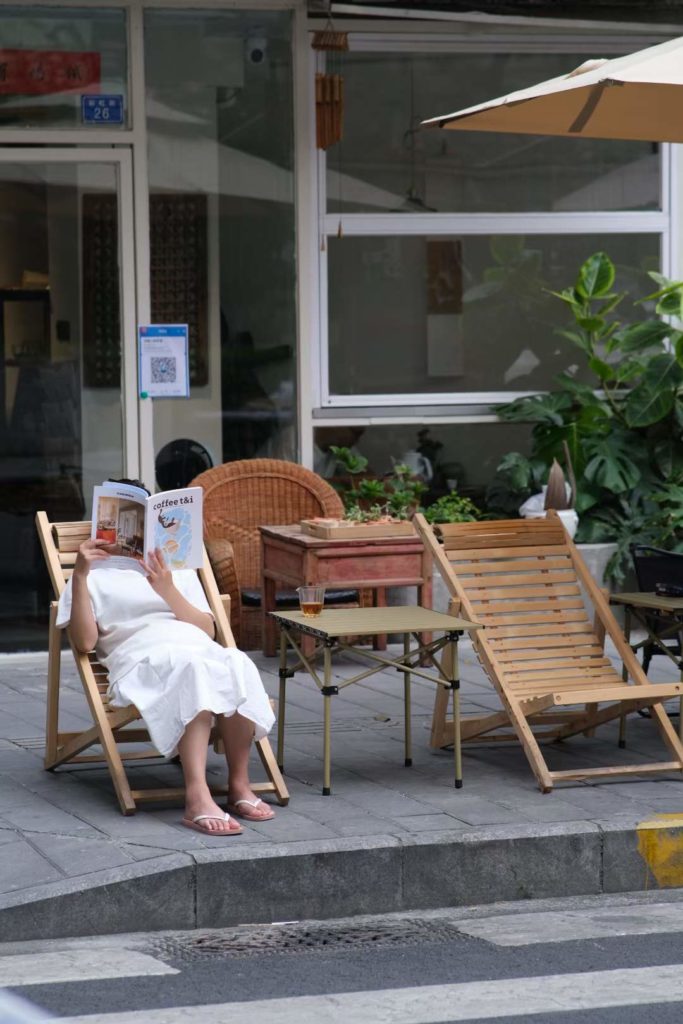
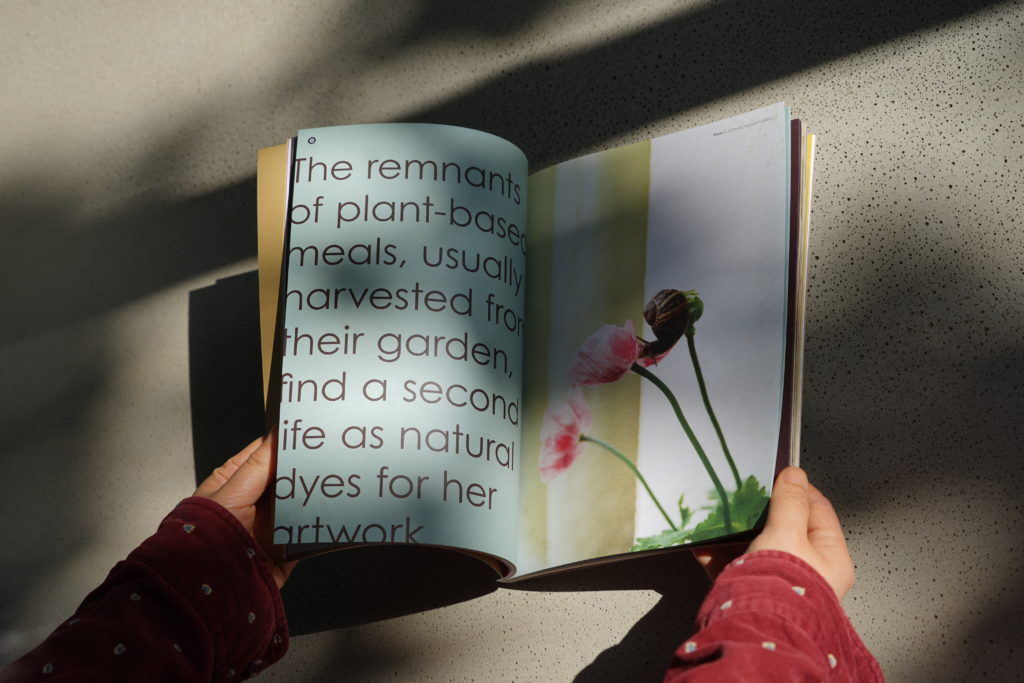
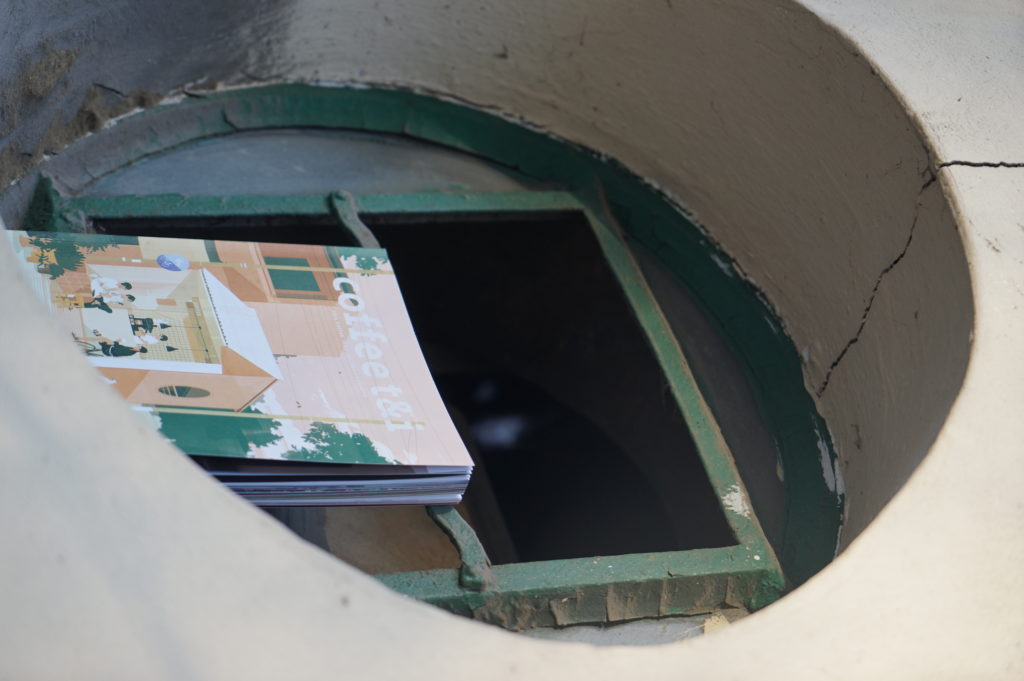
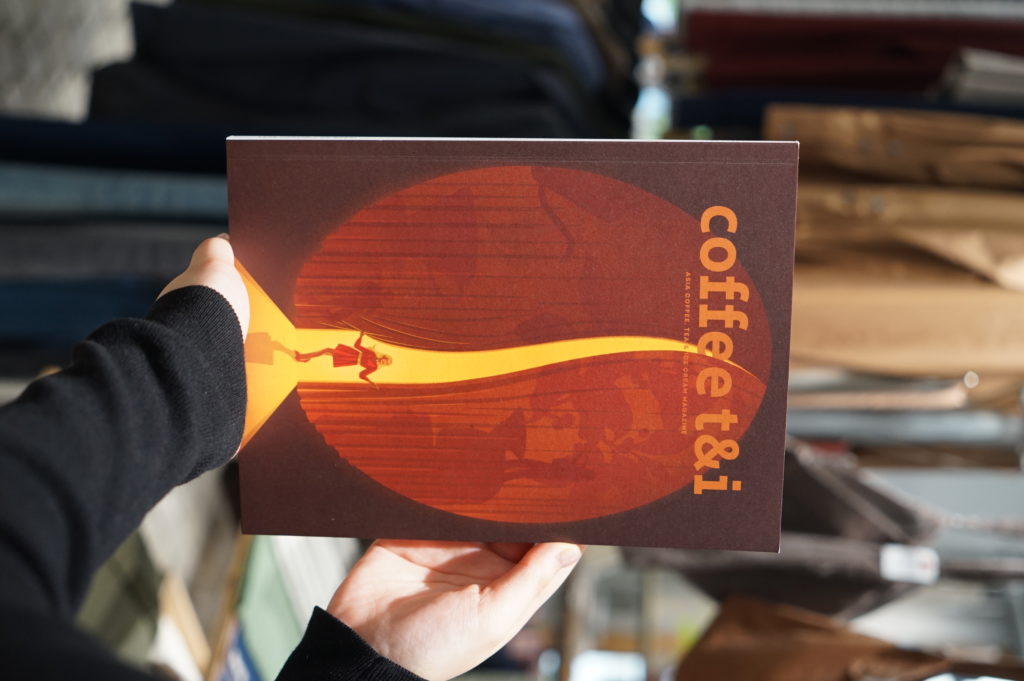

NO COMMENT